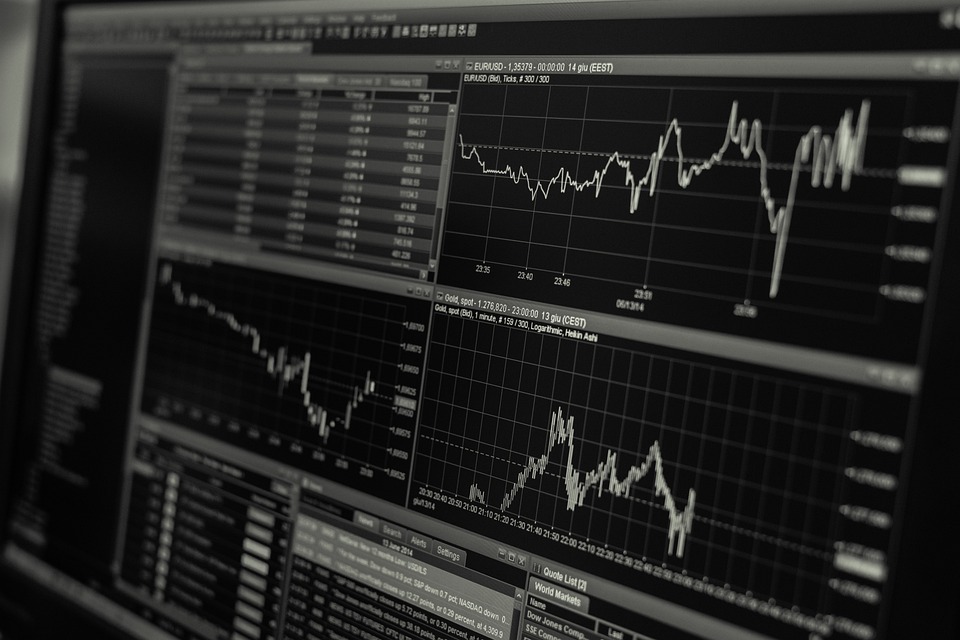Germany’s Economy Still Stuck In Stagnation

Image source: Pixabay
While many other eurozone countries posted surprisingly strong growth numbers, the German economy remains the eurozone's growth laggard.
Stuck in stagnation. When German Chancellor Friedrich Merz took office in May, he promised that all Germans would feel change and improvement by the summer. This morning’s first estimate of German third-quarter GDP shows that this promise has not been fulfilled. In fact, the German economy just narrowly avoided a technical recession, as it stagnated in the third quarter, following a slightly upwardly revised contraction of -0.2% quarter-on-quarter in the second quarter (was -0.3% QoQ). On the year, the economy grew by 0.3%.
GDP details will only be released at the end of November, but available monthly data, as well as the statistical office’s press release, suggest that investments were a small growth driver, while exports and private consumption weighed on economic activity.
2025 is yet another year of stagnation
With today's GDP data and assuming no future revisions, the German economy is clearly headed towards another year of de facto stagnation. In fact, another quarter of stagnation would bring annual growth in 2025 to some 0.2%, keeping the size of the economy still below its late-2019 level.
After the excitement and enthusiasm sparked by Germany’s fiscal policy U-turn and its decision to invest significantly in infrastructure and defence this spring, the summer brought a rude awakening. The mood in Germany soured and optimism ground to a halt – and not just because of US tariffs or a stronger euro, both of which complicate matters for the export industry. In fact, German policymakers are apparently just now waking up to the painful reality that readers of our research have heard endlessly over the last five years. A reality in which Germany has lost international competitiveness as a result of long-term underinvestment, a portion of naivety and arrogance, and China's rise from export destination to system rival. Current fears of production stops in the German (automotive) industry as a result of Chinese export controls on microchips are one of too many reminders that German industry is no longer dictating the rules of the game, and instead, merely lies at the receiving end.
Another reason for the worsening mood in Germany is domestic politics. The hope that a new government and fiscal stimulus would finally lift the economy out of its prolonged stagnation seems to have faded. Why? The discussion around possible austerity measures undermines the psychological impact of the announced fiscal stimulus. The government’s decision to shift previously planned investments from the annual budget to special investment funds has also brought a whiff of creative accounting in German fiscal policy. These developments not only revive unpleasant memories of coalition infighting from the previous government but also risk dampening household and corporate spending and investment decisions.
All hopes are still on fiscal stimulus
Let’s be clear: the scale of Germany’s announced fiscal stimulus – €500bn for infrastructure and a ‘whatever it takes’ stance on defence – remains significant. This money will eventually reach the economy. However, recent fiscal manoeuvres have increased the risk that the stimulus will be less impactful and slower to materialise than initially hoped. Add to this the well-known supply-side constraints, from a shortage of skilled labour and high material costs to bureaucratic hurdles, and it seems likely that infrastructure investments will boost the economy more in 2027 than in 2026. Defence spending, on the other hand, could still deliver a positive growth surprise. Beyond the diluted impact of fiscal stimulus, the government is still struggling to agree on the far-reaching reforms needed to structurally enhance Germany’s competitiveness. Chancellor Friedrich Merz has promised a 'Fall of Reforms'. So far, the government has not only failed to deliver but also appears stuck in a macroeconomic model rooted in the 20th century, lacking a clear plan to propel the German economy into the 21st century.
That said, autumn isn’t over yet, and recent weeks have seen new initiatives aimed at reducing bureaucracy and boosting digitalisation. And yes, it takes time for investments and reforms to translate into growth.
Europe's growth laggard
All in all, while other eurozone countries showed surprisingly strong growth, the German economy continues to lag behind. The country remains stuck in stagnation and only banking on fiscal stimulus to come to the rescue gets increasingly risky. The longer this stagnation lasts, the easier it is to surprise to the upside. However, to return as a real powerhouse, Germany quickly needs a coherent, longer-term strategy and less wishful thinking with full pockets.
More By This Author:
German Ifo Index Surprises In October
Three Reasons To Skip Next Week’s ECB Meeting
Europe Is Praying That France Gets A Grip
Disclaimer: This publication has been prepared by the Economic and Financial Analysis Division of ING Bank N.V. (“ING”) solely for information purposes without regard to any ...
more


